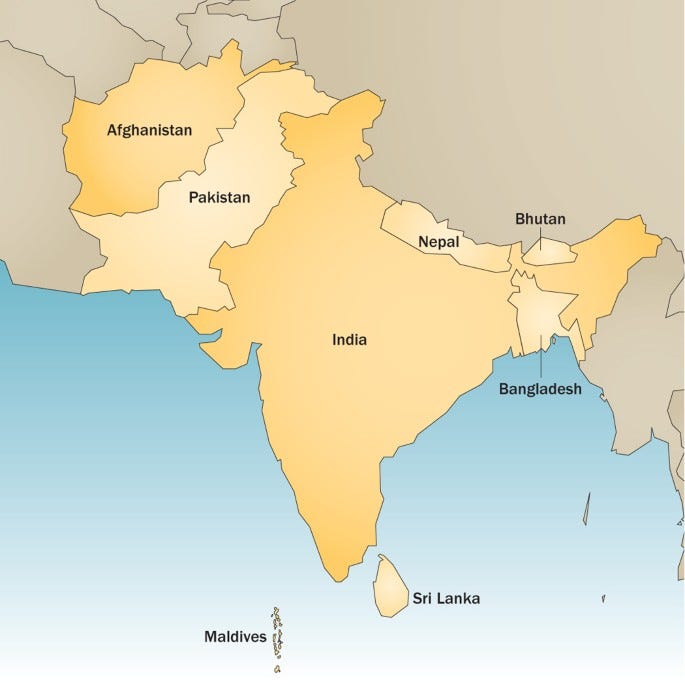Chapter 12: Heart Attacks in South Asians: Understanding the Risks and Seeking Solutions(India, Bangladesh, Pakistan)
Top 10 reasons South Asians have the highest risk for heart disease or sudden cardiac event than any regions in the World.
Caution: Long read
I want to express my gratitude to all my channel/blog subscribers. Your support means a lot as we explore disease prevention strategies and stay up-to-date with the latest advancements in treatments. Thank you for being a part of this exciting endeavor.
If you belong to the South Asian community anywhere on the globe, you may be well aware of the alarming incidence of premature and sudden cardiac events among individuals under the age of 55. Unfortunately, South Asians have the highest mortality rate due to heart disease. As someone who has personally survived this ordeal and a physician, my interest in preventive care compelled me to delve deeper into the factors that significantly impact this community as a whole.
The South Asian region, also known as the Indian Subcontinent, primarily comprises India, Pakistan, Bangladesh, Bhutan, Afghanistan, Nepal, Sri Lanka, Myanmar, and Maldives. The combined population of these countries exceeds 2 billion people, accounting for approximately 20% of the world's population or more. According to the World Health Organization (WHO), heart disease is the leading cause of premature death, particularly affecting men under the age of 55. The average life expectancy for men in this region is in their mid-sixties to early seventies.
Understanding the morbidity and mortality patterns in these countries is of utmost importance, as they will represent a significant portion of the future global workforce, particularly for aging populations in Western countries. To effectively address this challenge, it is crucial to comprehend the underlying disease processes that contribute to sudden deaths among younger populations and the immense burden this places on these communities.
Based on my experience as a physician working in various healthcare settings and conducting research, I have dedicated my efforts to understanding the pathophysiology behind the alarming number of premature deaths due to heart disease. Through my experience and firsthand encounters with patients who have survived such events, I have identified several factors that are believed to contribute to this phenomenon. Here are the top 10 reasons why South Asians tend to experience early mortality from heart disease.
Keep reading with a 7-day free trial
Subscribe to Spyderdoc Newsletter to keep reading this post and get 7 days of free access to the full post archives.

